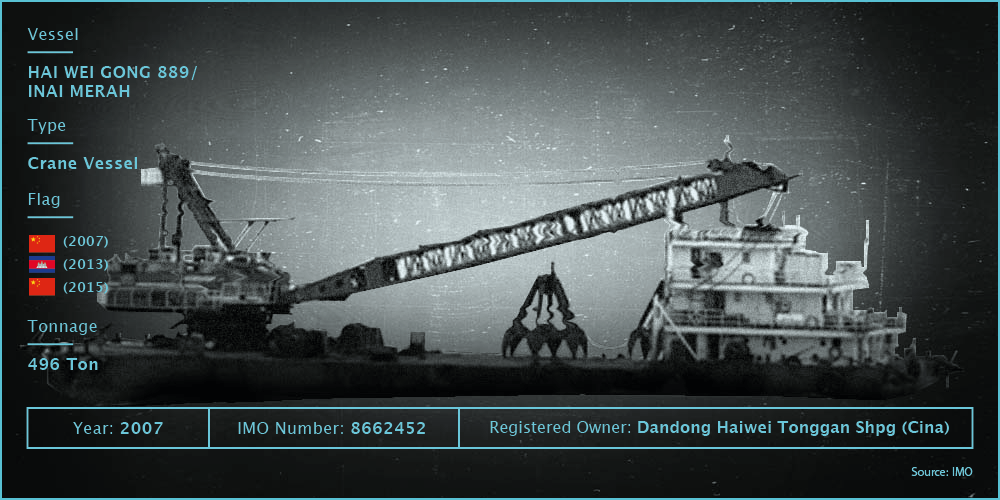
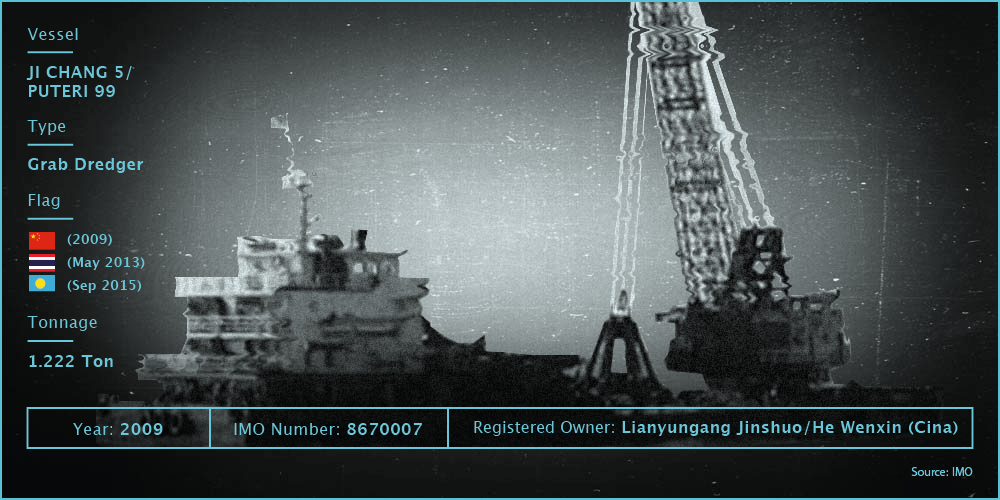

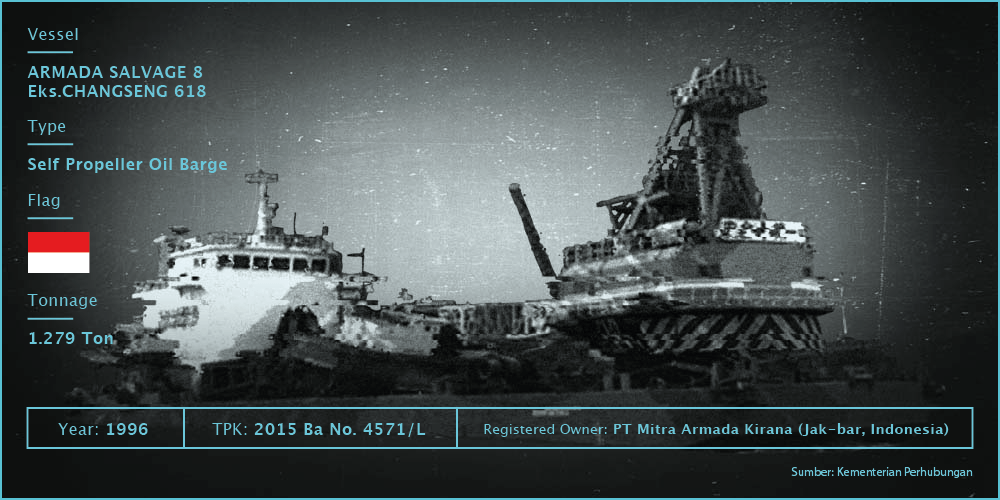

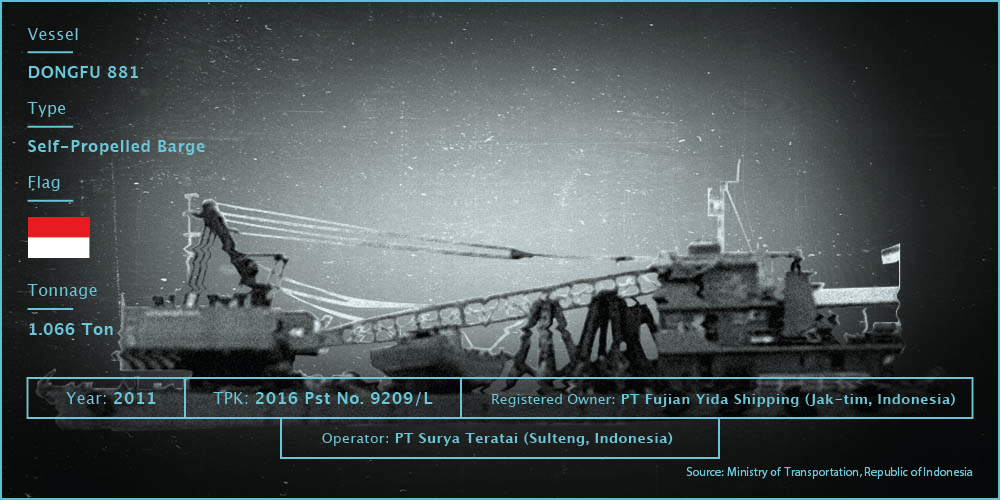
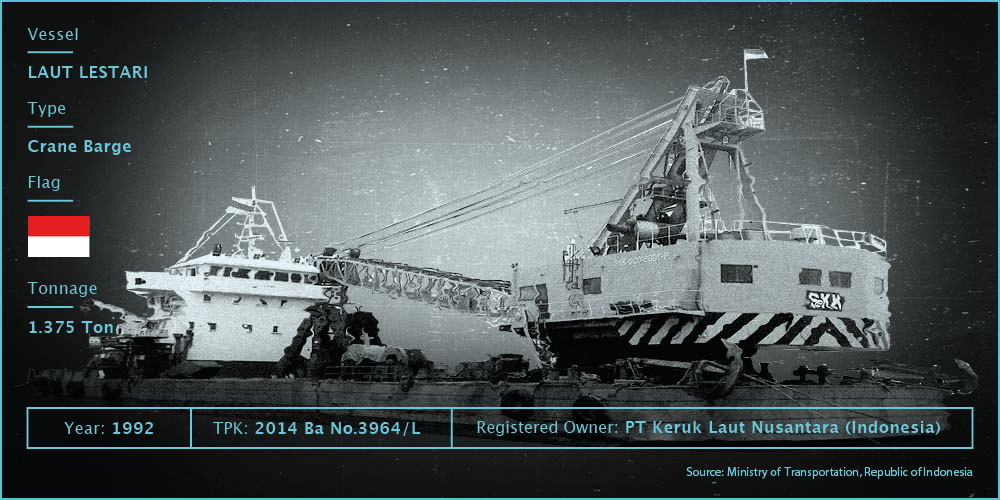
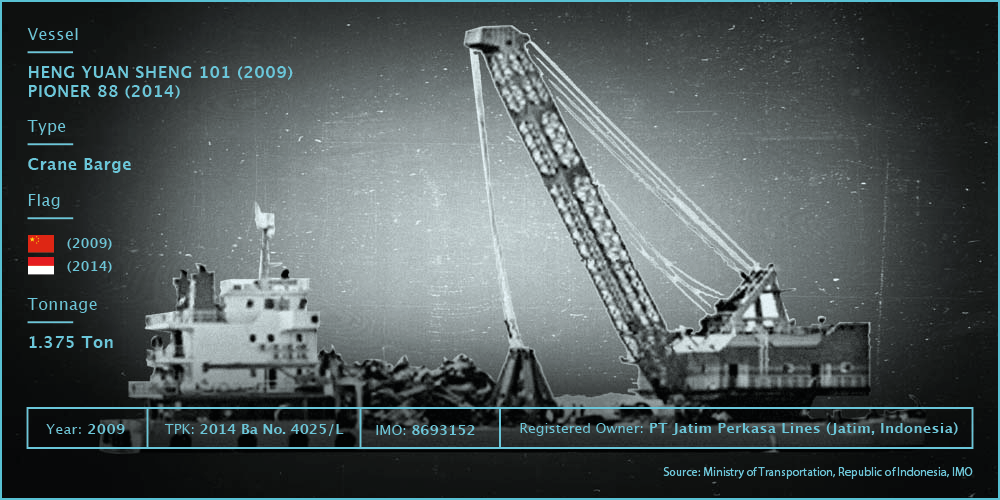
The people of the Netherlands and Great Britain were shocked as their World War II-era naval shipwrecks are nowhere to be found. Despite their lengths extending a regular football pitch, remains of three Dutch battleships (HNLMS De Ruyter, HNLMS Java, HNLMS Kortenaer) and the British HMS Electra mysteriously disappeared, leaving no trace behind.
The naval ship sank in Battle of the Java Sea during World War II and disappeared near Bawean, East Java. For both governments, naval wrecks are as paramount as memorials for national heroes and fallen soldiers.
In 2016, the Dutch Minister of Defence Jeanine Hennis-Plasschaert was quoted saying, "The desecration of a war grave is a serious offence ... The Battle of the Java Sea is a part of our collective memory. The wrecks are silent witnesses of this tragic event and they set the stage for many stories about the horrors of war."
Tirto.id investigation found out that the naval shipwrecks were allegedly obtained by PT Jatim Perkasa, using a grab-dredger ship "Pioner 88". read more
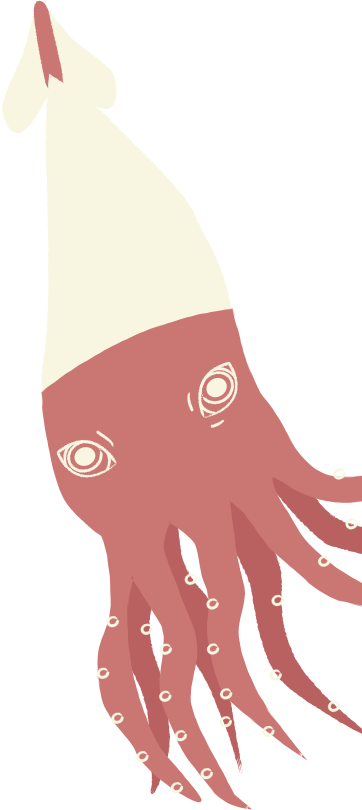


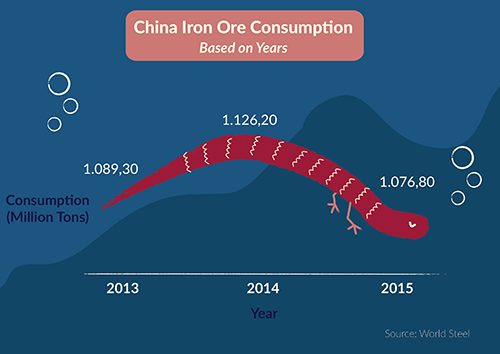
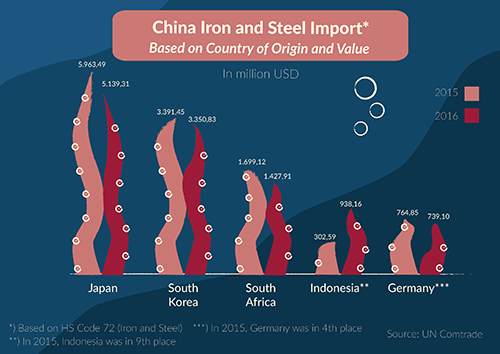
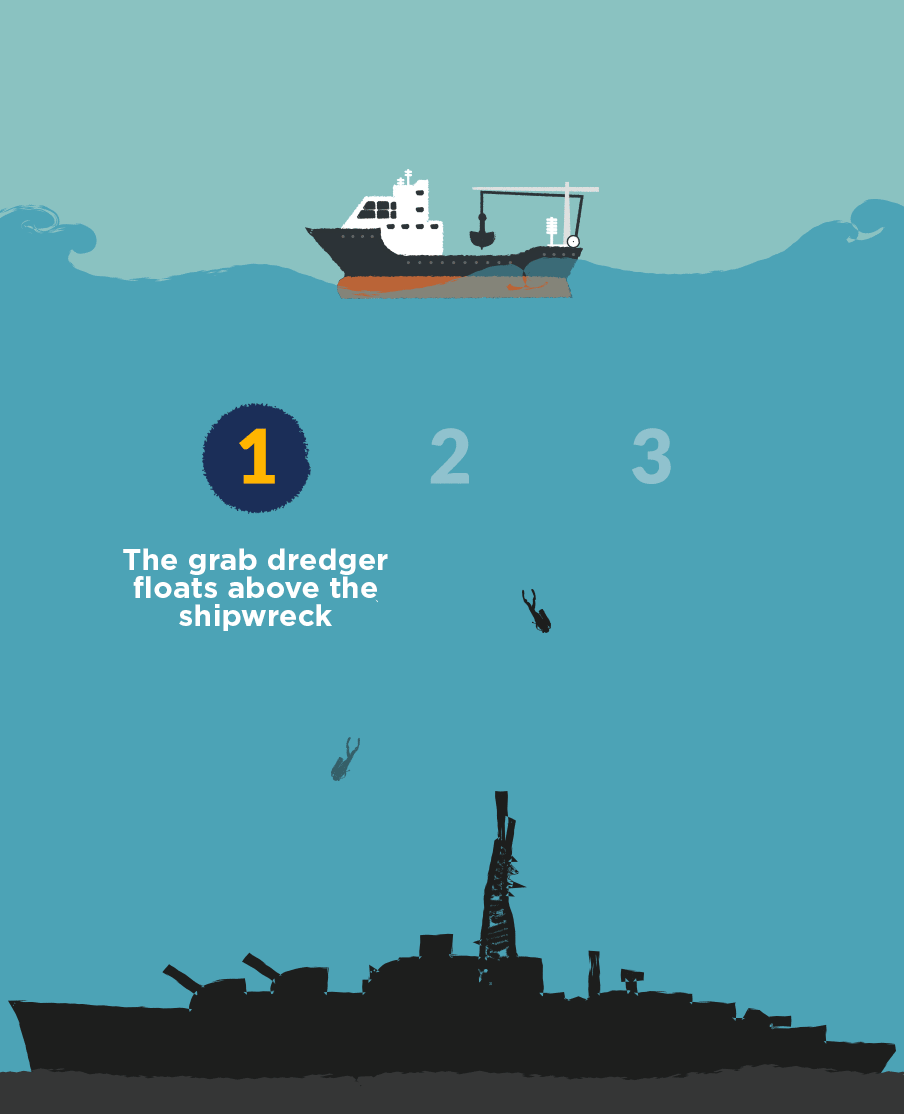
But the ring didn't work alone. These activities of illegal salvaging have taken place in large part of South East Asia. As of 2017, around 48 naval shipwrecks have been lifted from under water by the ring since 2013.
On the deck of Inai Merah, they operate in Malacca Strait, Malaysia; or on Puteri 88 and Chuan Hong 68 in South China Sea. Aside of Pioner 88 working in Java Sea and eastern part of Indonesia, other ships are lifting historical shipwrecks from Sunda Strait, Bangka Island's waters, and Malacca Strait are Armada Salvage 8, KBR Benoa 1, Dongfu 881, and MV Laut Lestari.
The grab-dredgers are registered under different owners and companies. However, they all share connections to Fujian Province, China.
Out of eight grab-dredgers, five operating in South East Asia were exported by Fujian Jiada Ship Import & Export, a company based in Ningde, Fujian. According to their official website, they have admittedly provided supplies for Armada Salvage 8, MV Laut Lestari, Pioner 88, Inai Merah, and Puteri 99 to Indonesia and Malaysia. The other three-Dongfu 881 owned by PT Fujian Yida Shipping, Chuan Hong 68 owned by Fujian Yarui Marine, and KBR Benoa 1, also known as Hai Hong Gong 1-were detected around Ningde, Fujian, by December 7, 2017.
After decades of rapid industrial growth, China is now ranked as the world's top steel producing and consuming country. Around 47 percent of global steel is consumed by China. In 2013, China's demand of steel reached 735 million tonnes. However, iron ore supplies were far from sufficient. The only way to meet this demand is to massively reprocess metal scraps.

